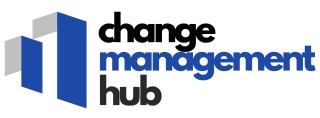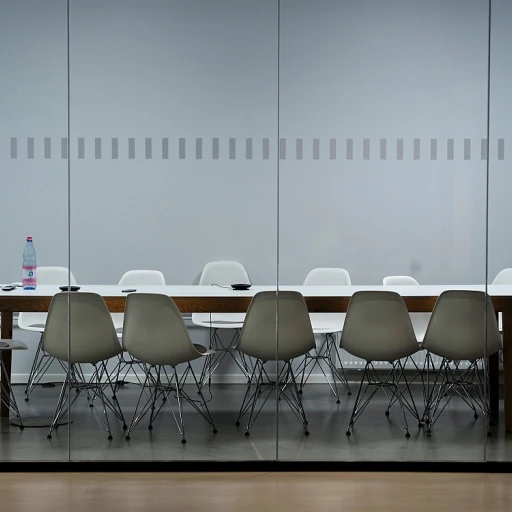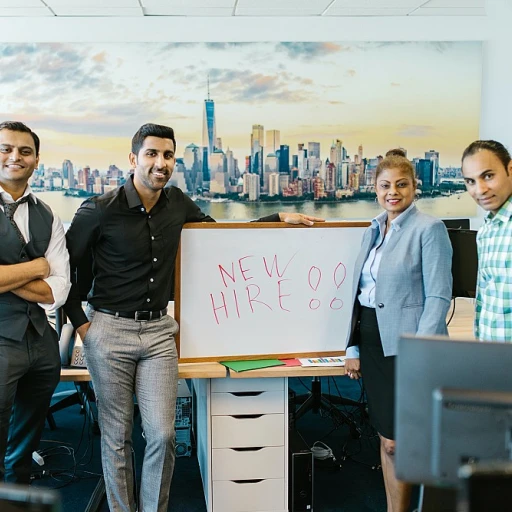
The Basics of Organizational Culture Inventory
Fundamentals of Understanding Cultural Dynamics
Before diving into the role of Organizational Culture Inventory (OCI) in change management, it's essential to grasp the foundational aspects of this assessment tool. At its core, the OCI is a diagnostic instrument designed to evaluate an organization's culture by examining the behavioral norms and expectations within it. This analysis, often referred to as a cultural assessment, provides insights into both the ideal and current states of a company's culture.
Developed by Human Synergistics, the OCI employs the circumplex model to visualize and categorize behavioral norms that influence organizational effectiveness, performance, and long-term success. By evaluating these norms, organizations can identify areas of alignment and misalignment that may affect employee engagement, team dynamics, and leadership practices. This inventory serves as a critical tool for organizations aiming to implement strategic change by offering a clear picture of the corporate culture's impact on change management initiatives.
Furthermore, understanding the current culture and comparing it with the ideal culture can aid in setting clear, actionable objectives for cultural change within organizations. As cultural norms play a significant role in shaping an organization's identity and effectiveness, they must be thoroughly assessed and aligned with the overarching goals of any change initiative.
Why Culture Matters in Change Management
The Impact of Culture on Change
Understanding the role of organizational culture is paramount when managing change within an organization. Culture can be seen as the backbone of any organization, influencing not only day-to-day operations but also setting the stage for how effectively change is implemented. The Organizational Culture Inventory (OCI) is a pivotal tool that helps in assessing cultural norms and provides insights into how these norms affect organizational effectiveness. Behavioral norms established by leadership directly impact how team members perceive and engage with change initiatives. For change management to be successful, cultural assessment becomes a necessary step, enabling organizations to pinpoint gaps between the current culture and the ideal culture needed for change.Connecting Culture to Performance Outcomes
Organizational culture is closely linked to performance outcomes. The way employees interact and work together, referred to as cultural norms, can either drive or hinder organizational objectives. When shifting towards a new strategic direction, aligning the current organizational culture with long-term change objectives becomes crucial. Employing the OCI allows management to quantitatively measure these cultural dimensions and how they align with desired performance outcomes. The nuances of culture organization mean that understanding and managing cultural change involves continual engagement from all levels of an organization, from leadership to employees. Human Synergistics, through the circumplex model, helps visualize and understand these dynamics, providing organizations with structured approaches to cultural change. To harness the power of cultural change effectively, organizations must adopt a strategic mindset that evaluates both current and ideal cultural states. This involves leveraging resources like the OCI to foster a culture conducive to change. Harnessing creativity can also serve as an effective method to bridge these cultural gaps and encourage employee engagement in new initiatives.Tools and Techniques for Assessing Culture
Effective Tools and Techniques for Cultural Insights
Understanding the current culture within an organization is a critical aspect of change management. To achieve this, organizations often employ various tools and techniques to assess their organizational culture effectively. One prominent tool is the Organizational Culture Inventory (OCI), which provides comprehensive insights into the existing cultural norms and values within a team or organization. By utilizing the OCI, companies can identify discrepancies between the current and ideal culture, facilitating effective change management strategies. There are several methodologies for conducting a cultural assessment, each designed to foster organizational effectiveness:- Surveys and Questionnaires: Often, organizations resort to surveys to collect data from employees about their perceptions of the cultural norms. These tools enable management to gauge the overall sentiment and pinpoint areas needing cultural change.
- Behavioral Interviews: Engaging employees in interviews can reveal deep insights into the prevailing cultural norms and values that exist within different teams or departments. These interviews are instrumental in understanding how cultural shifts might impact employee engagement and performance.
- Behavioral Assessment Tools: Instruments such as the circumplex model help visualize the behavioral norms existing in an organization. By mapping these behaviors against ideal cultural models, companies can strategize effectively for cultural transformation.
- Workshops and Focus Groups: Facilitating group discussions provides a platform for employees to voice their perspectives on the current culture. Through these sessions, organizations can explore specific cultural obstacles and opportunities for improvement.
Aligning Culture with Change Objectives
Integrating Cultural Norms within Change Initiatives
Effectively aligning culture with change objectives is crucial for successful change management. Organizations must take a strategic approach to ensure that corporate culture supports the desired changes. This process begins with an honest evaluation of the current culture using tools like the Organizational Culture Inventory (OCI). By identifying existing behavioral norms, leadership can craft a roadmap tailored to bridge gaps between the current and ideal culture. The importance of this alignment cannot be overstated. When cultural norms are in harmony with change objectives, organizations experience enhanced performance, greater employee engagement, and increased organizational effectiveness. The following steps can help in aligning culture with change initiatives:- Conduct a Cultural Assessment: Utilizing the OCI for a thorough culture assessment helps in understanding current cultural dynamics. This step involves evaluating the circumplex model, which illustrates how organizational behaviors align with the ideal culture.
- Involve Leadership: Leadership plays a pivotal role in any cultural change. It is important for leaders to embody the desired cultural shifts and demonstrate commitment to the transformation process.
- Set Clear Objectives: Clearly defining the objectives of the cultural change aligns the team and the organization’s vision. This ensures that all members are working towards the same goals, thus fostering unity and consensus.
- Communicate Effectively: Transparent and consistent communication is key to ensuring everyone understands the reasons behind the cultural change and how it aligns with broader organizational strategies.
- Reinforce New Behaviors: Positive reinforcement of new behavioral norms encourages long-term adherence. This could involve recognizing and rewarding employees who exemplify the desired cultural traits.













